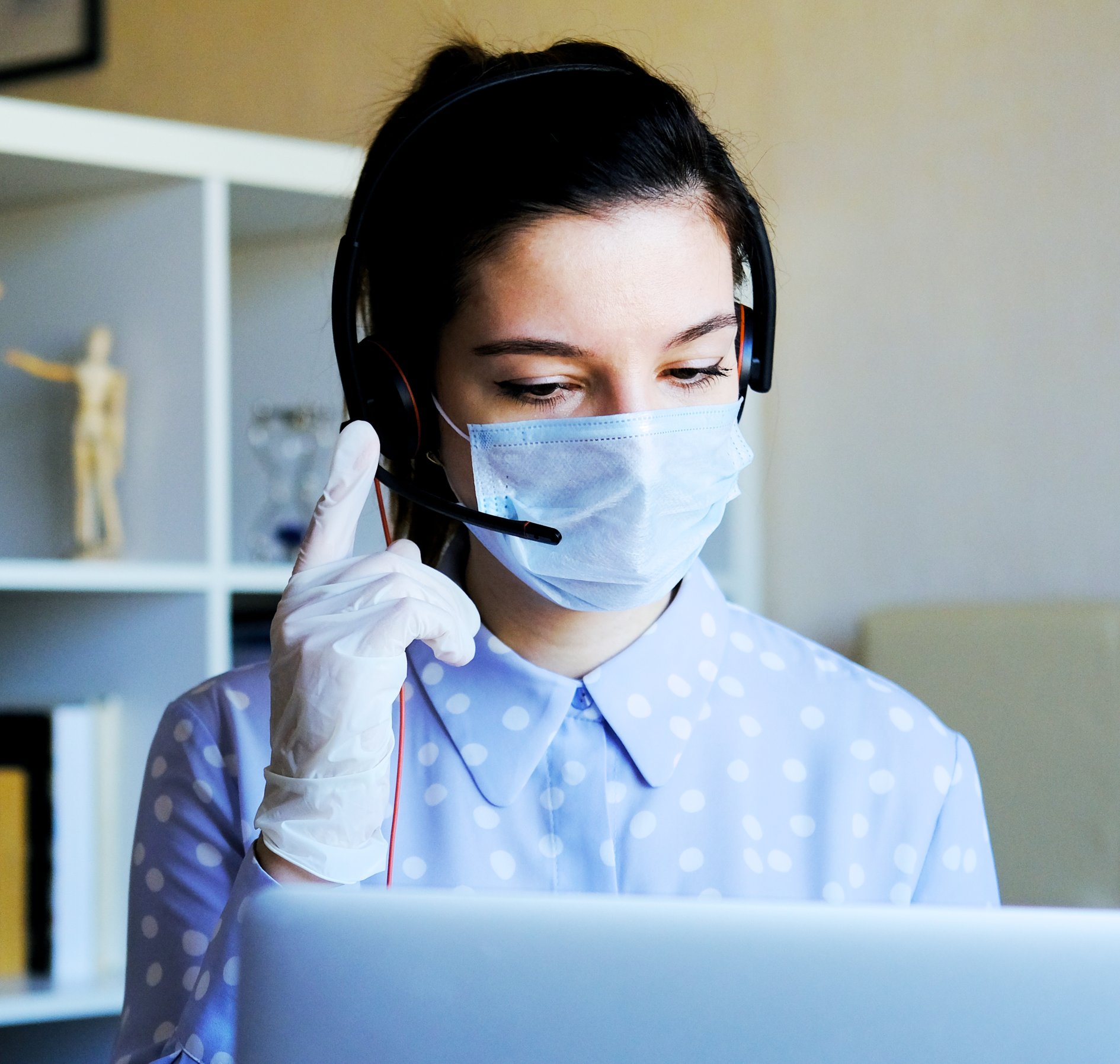March, 6 2020 4:29 pm

What happens when this virus hits those who work in densely populated facilities like your call center? Not only is it a public health hazard to continue operations as normal during these times, but it can also spell disaster if your company doesn’t have a workable disaster recovery strategy in place.
This year, your call center disaster recovery strategy may be more important than ever. In early 2020, a prolific virus known as the novel coronavirus - or COVID-19 - began spreading from its origin site in the Wuhan Province of China to other nearby areas. Travelers to China began carrying the virus elsewhere, and within two months’ time, it has come into the worldwide news as a pandemic threat.
Here, we’ll give you a few pointers for ensuring your center is prepared for any kind of disaster - including a worldwide viral outbreak - and how to keep it from impacting operations in your facility.
Before you can prepare for disaster, you need to define what the term means in the context of your call center facility. There are different types of disasters, but one thing they all have in common for a call center is rendering agents unable to serve customers or make calls from your physical call center location. Disasters result in negative impacts to your operations and subsequently your profitability.
The coronavirus is known for being easy to spread. This makes it a dangerous disease for anyone working in call centers where they are in close proximity to many other people. Once a single person becomes ill, your entire staff will likely soon follow.
One way to address this problem is by letting your agents stay home. No, that doesn’t mean letting your center go without a staff to keep it running or increasing your payroll by encouraging sick days/PTO, etc. Rather, allowing your agents to work remotely - from home can substantially limit their exposure to one another and therefore the ability of the disease to spread through your roster.
Allowing your agents to work remotely, requires the right technology. ChaseData’s CCaaS software provides all of the tools (as standard features/zero additional cost) your team needs to work from home. Our software empowers agents, supervisors and managers to be on the same page, no matter how far apart they are physically. It’s the most cost-effective way to keep things healthy and safe during cold and flu seasons, as well as viral outbreaks.
Another issue you could potentially face in the event of a viral outbreak the of the size that many scientists predict the COVID-19 virus could become is drastic and sudden changes to your call volume or staffing needs.
If you run a customer service call center that is in any way related to goods or services that might be scarce or in high demand during this time, you could experience significant increases in call volume that may require proportional increases in staffing - all on the fly. Conversely, dramatic decrease in call volume may occur during a viral outbreak. You must have the flexibility to scale quickly in order to prevent labor costs from eating away at your profits during slim days or weeks.
Again, our software is your friend. ChaseData CCaaS (Call Center as a Service) delivers the software required to keep call center operations profitably up and running regardless of the staffing or call volumes caused by any disaster. Agents can handle calls, supervisors can monitor/coach and managers can continue managing operations using any Windows 10 pc using any standard a broadband internet connection.
Need help overhauling or establishing your call center disaster recovery strategy? Talk to the call center industry experts here at ChaseData. No matter what happens, your center can continue running at peak efficiency.
Give us a call today and learn more about setting up your call center disaster recovery plan with ChaseData.